Cuba, A&K P2P, Post #4
Day 4 in Cuba started out with a buffet, and amazing cafe. After a great meal, we headed down to a conference room in the hotel. We met with a former Cuban Foreign Services Scholar, who brought the group up to date on Cuba – US relations from the colonial period to present times. I had just read Bacardi and the Long Fight for Cuba, which is as much a history of Cuba as the Bacardi family and company, but from a capitalist perspective, so it was interesting to notice the discrepancies between the two accounts. For instance, the speaker implied that business owners fled the country out of guilt/fear prior to the revolution, and failed to talk about the confiscation of their assets. However, when directly asked, he provided an account that was more inline with what I had read in the book. There was lots of talk about, “Terrorist groups in Florida.” He also said that Cuba was not changing from Socialism to Capitalism, but something new. He said, “Cuba has to adapt.” He thought that it would be a slow process, but Cuba has to change. A member of our group suggested that when the embargo is lifted, people will get rich, everything socially and otherwise will change. He presenter said, “we accept this challenge…we have been preparing for this.” Later he added, “Cubans need to work harder to have more.” “We are going to face new realities, and I’m optimistic.” The presenter kept talking about Cuba embracing at least some degree of capitalism, but he never once used the word capitalism unless someone else used said word in their question. I got the impression that Cuba will try to hold on to its socialist ideals for quite some time. I think that longer term, it will likely look more like Canada, or perhaps a Sweden. Controlled capitalist, but with strong social concern, for instance socialized medicine, nationalized industries, etc. That said, it may be hard to resist the fast money that American tourism will offer.
After the foreign services presentation, we got on the bus. After hearing that we had another giant of a day, our American guide introduced our Cuban guide. “She’s your guide, shes our guide, shes Ms. Cu-baaa!” Nilda told us about the day’s activities as we headed to the Muraleando neighborhood community project. The manager of this project was very genuine and very enthusiastic. His passion was contagious. He described some of their art as, “tangible poetry.” He definitely did not need a translator. The project is called El Tanque, because they petitioned the government to take an old water tank in a trash heap, and turn it into an art gallery. They cleared out a junkyard, and now they have a beautiful community center. They’ve also beautified and improved the entire neighborhood. The female singer pictured below had just won a caribbean talent show. I have her CD, so I’ll try to update this post with more details about her later. The statue is of a local character, who we got to meet. The teeth are real dentures. The bench is dedicated to an old woman who used to sit there daily, waiting on her love (it is assumed that she was referring to a potential future love).
After saying our goodbyes, we took a walking tour though Old Havana with a local architect. Both he, and his wife, were architects in Havana trying to save and restore old buildings, so it was a very enjoyable and informative walk. It was also our first chance to wander the streets, so even without the great commentary, it would have been a great time. I don’t recall the architect’s name, but I thought of him as a Javier (Bardem), perhaps you can see why.
First, notice the box of Virginia apples. I do know that they don’t grow apples on Cuba, so perhaps it was some kind of aid? I didn’t get to ask about it, as that pic was taken during our free time wandering. Next, notice the shotguns. Does your grandpa ever tell you that Obama/Clinton/etc is going to take away your guns? In Cuba, they really did. This museum displays the shotguns confiscated by the government. I saw a bunch of Browning A-5s. I was with our Cuban guide at this point, who is from Pinar Del Rio (the country), which makes her a guajira (country girl). I thought she might know about hunting. She said that it is difficult to get a permit to own a shotgun, but some Cubans do. However, most harvesting, of say boars, is done by trapping. The interwebs shows me that there is quail hunting in Cuba, but I couldn’t tell you if Cubans are allowed to do it. The architect was particularly candid about his thoughts on Cuba. He said his grandparents were for the revolution, when it was still about getting rid of Batista. When it became communist later, they regretted it, as they were a wealthy family. Eventually, his grandfather took his own life. The architect also said that he would not be able to live as well as he does without his two brothers sending clothes and money from Miami. He was a very interesting guy, and I wish we had more time with him. The picture of stone above is so you can see the coral in it. The cigar is a Romeo y Julieta #2. These were my walking around sticks while I was in Cuba, as they were 3.4 CUCs (less than $4 American), and easily found in Tubos for portability. I never had a draw or construction problem, and the flavor was great. Maybe a little one dimensional, but they were prefect for my purposes. I really just grabbed a few by chance, but ended up having one whenever I had 30-45 minutes.
We hit Cafe Del Oriente for lunch. Apparently, its the place to see and be seen, as the Castros can often be seen there, and other high level officials. The welcome cocktails and food were great, but the atmosphere and music were just incredible. It was a nice respite from the heat and the walk.
After lunch, we had a tour of Casa De Africa, with an Afro-Cuban religions specialist, and then saw a show. The actors were excellent, and as always, we were blown away by the quality of the production, and that it was just for our small group. However, some school children wandered over, as the museum is right on the street, and they joined in the dancing. The dancer in blue is the Yorùbán/Santerían orisha Yemaja. I thought she stole the show. She pulled me up to dance with her. My wife thought it was fitting as she is the patron deity of women, especially pregnant women. After Casa De Africa, we headed to a hotel for lessons in making mojitos, and dancing salsa.
I lost the mojito contest, but I had lots of rum, and maybe instead of the loser, we can say I was runner up. Then we learned Cuban style salsa, which involves a different count and a post. Or at least thats what I remember. I’m not a great dancer, but I learned the basics, and had a great time.
We drove back to the hotel along the Malecon, and with a few hours to burn, I opted for another Romeo y Julieta #2. I also tried Bucanero Malta, which at first I thought was malt liquor, but when I saw our bus driver Havi drinking it, inquired, and found out its more like sugarcane root beer. It had an interesting and very unique flavor I can’t quite describe. I thought it went well with the cigar, and was a welcome change of pace from the 14 or so rum drinks I had that day. I also threw in a bonus bathroom cigar selfie. How often does one get to enjoy a bathroom cigar?
We had dinner at Cafe Espanola. It was a good meal in a very interesting place. Afterwards, we enjoyed some jazz in the lobby, and called it a night.
This entry was posted in Books, Brown Sauce, Cigars, Food, History, Hunting, Jazz, Music, Style, Travel by rsiv withWarning: count(): Parameter must be an array or an object that implements Countable in /home/bonviv6/public_html/wp-includes/class-wp-comment-query.php on line 405
Warning: count(): Parameter must be an array or an object that implements Countable in /home/bonviv6/public_html/wp-includes/class-wp-comment-query.php on line 405
no comments yet
Warning: count(): Parameter must be an array or an object that implements Countable in /home/bonviv6/public_html/wp-includes/class-wp-comment-query.php on line 405
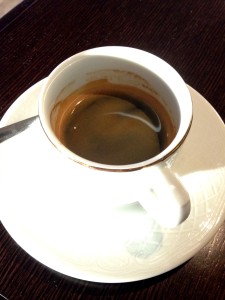
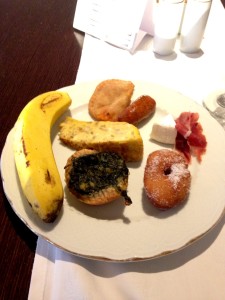
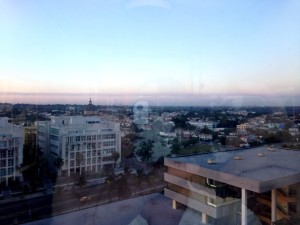
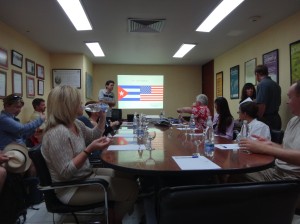
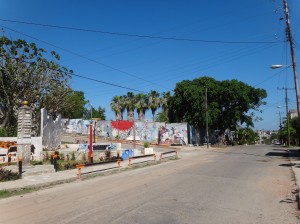
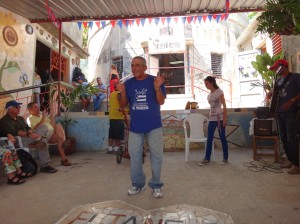
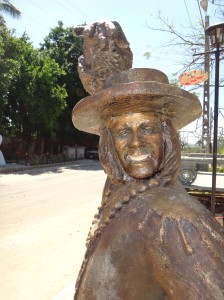
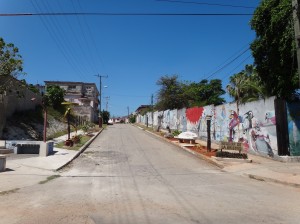
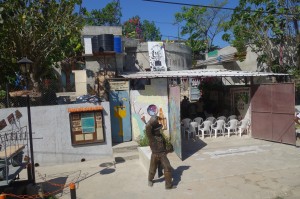
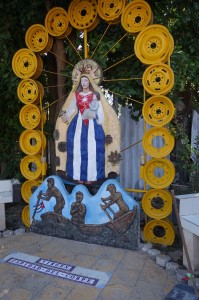
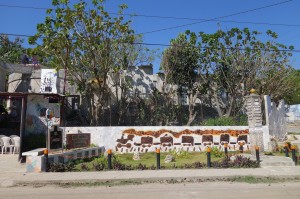
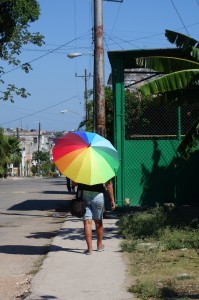
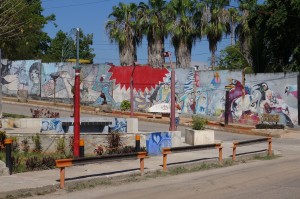
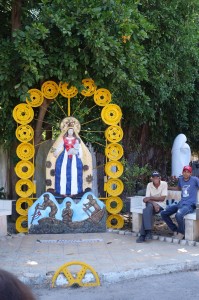
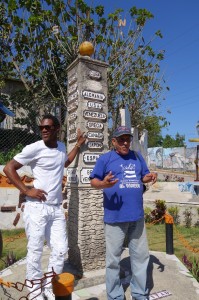
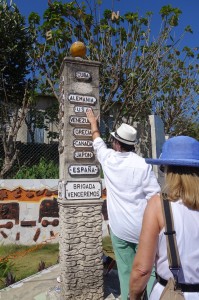
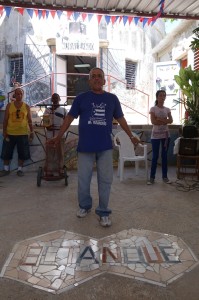
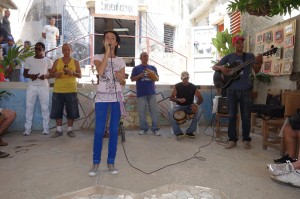
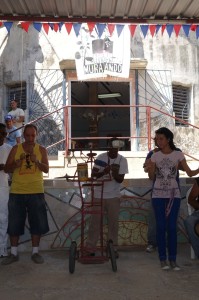
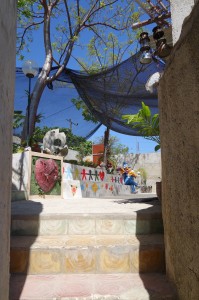
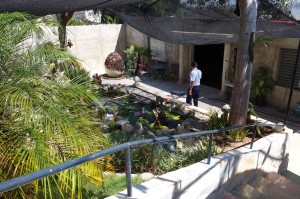
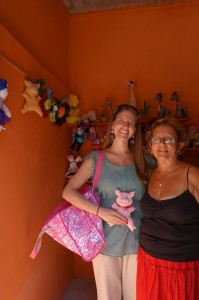
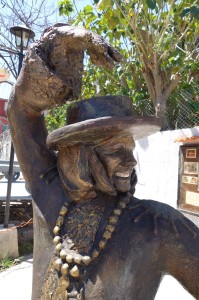
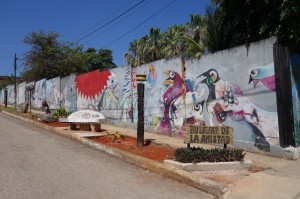
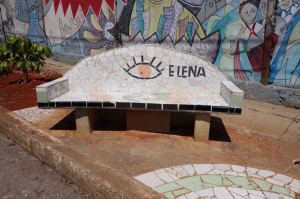
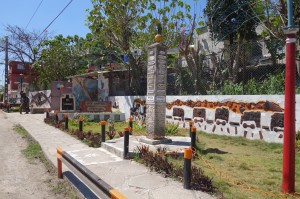
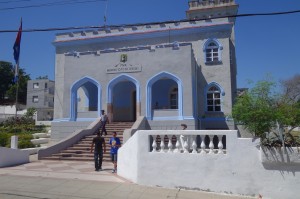
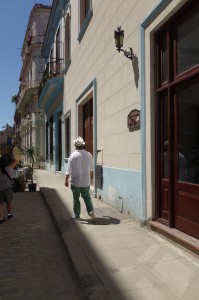
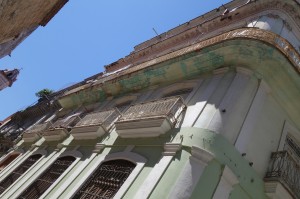
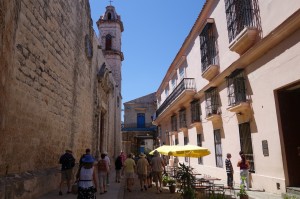
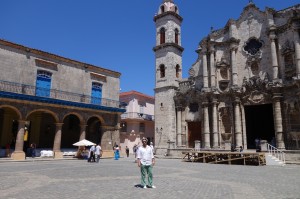
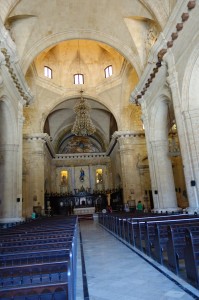
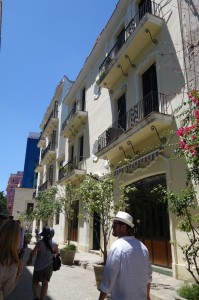
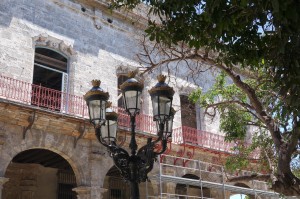
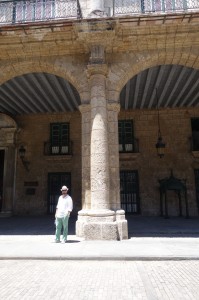
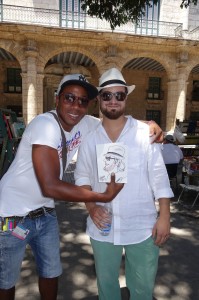
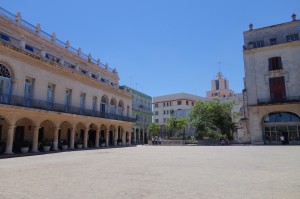
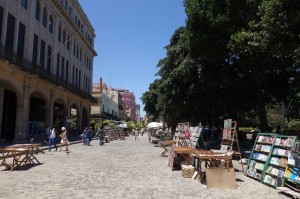
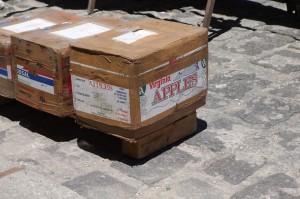
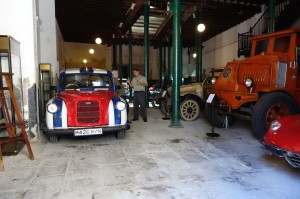
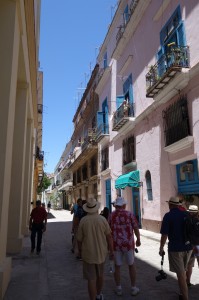
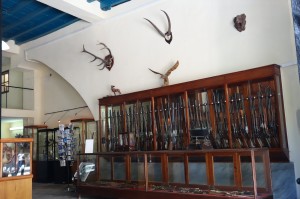
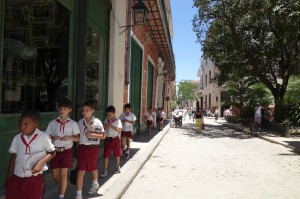
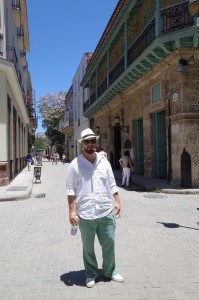
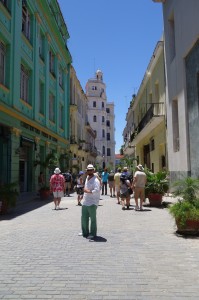
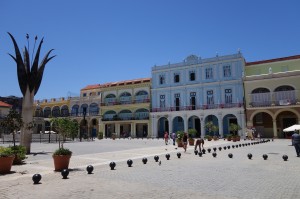
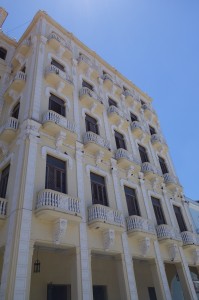
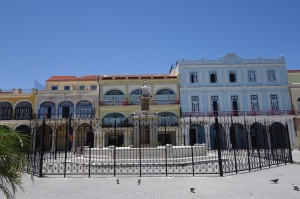

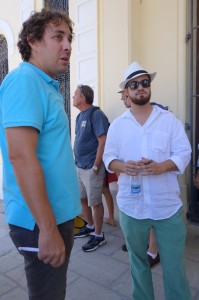
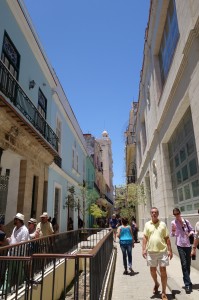
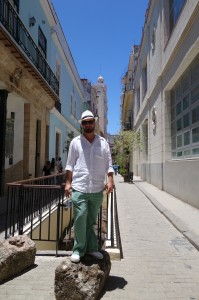
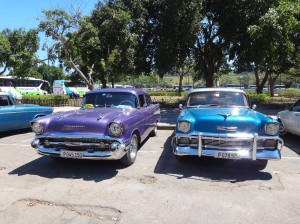
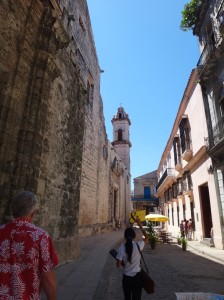
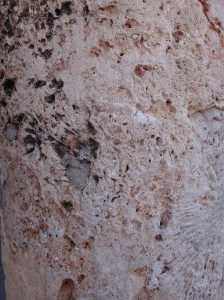
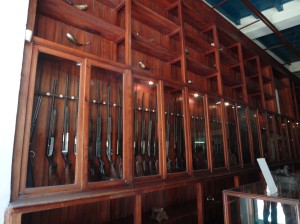
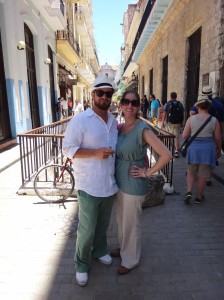
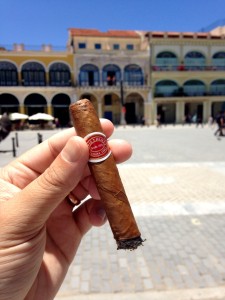
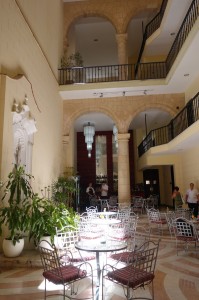
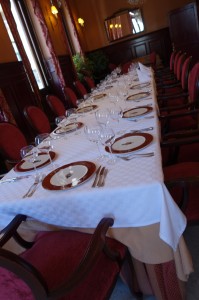
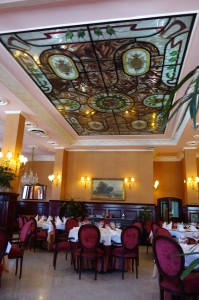
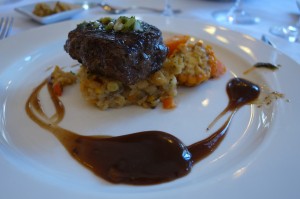
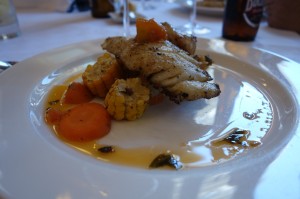
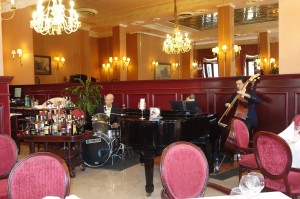
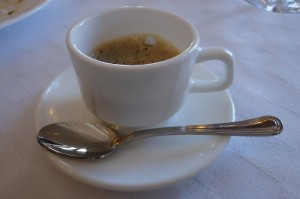
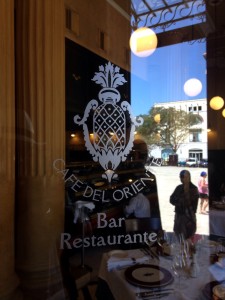
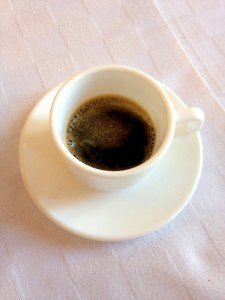
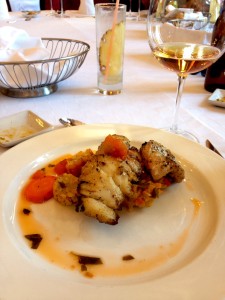
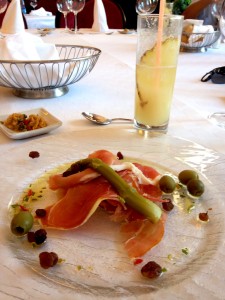
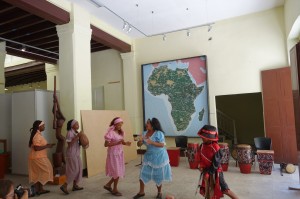
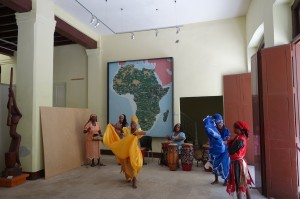
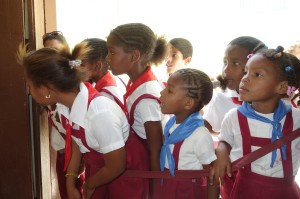
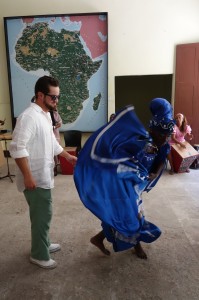
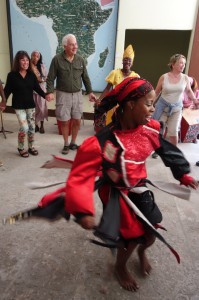
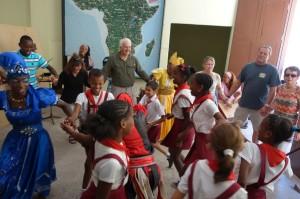
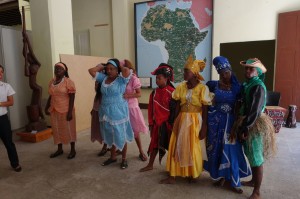
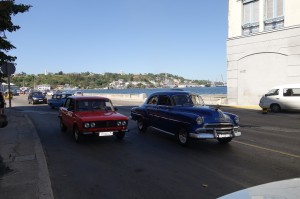
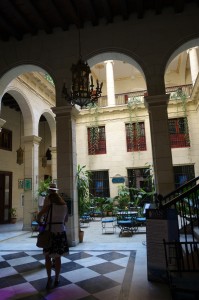
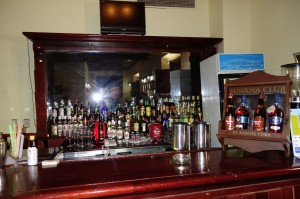
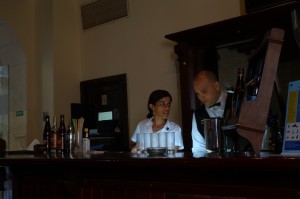
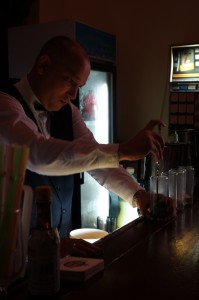
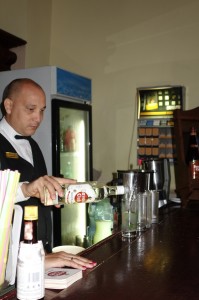
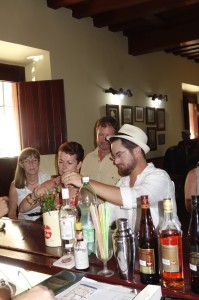
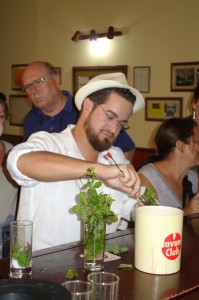
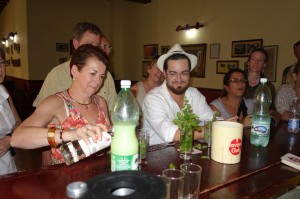
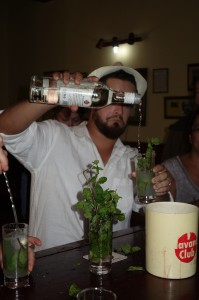
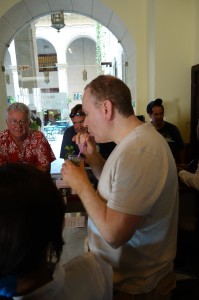
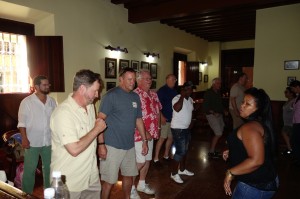
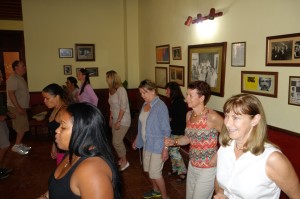
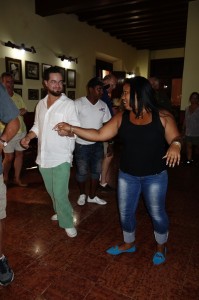
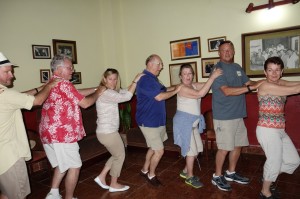
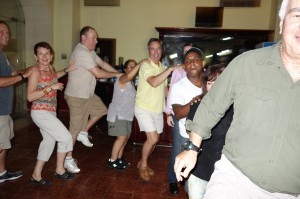
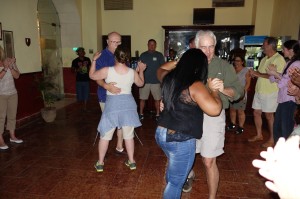
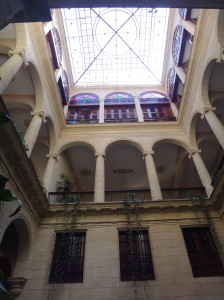
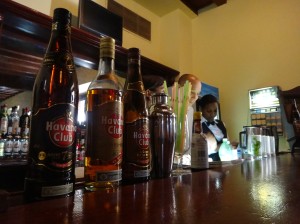
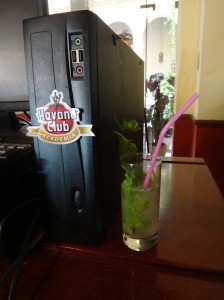
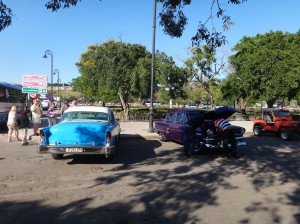
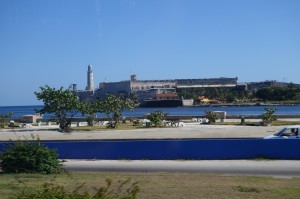
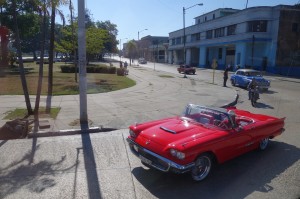
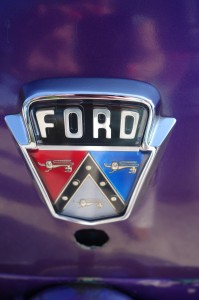
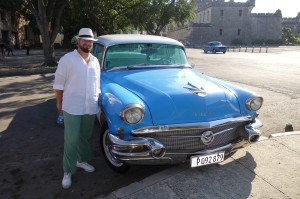
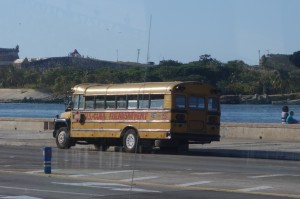
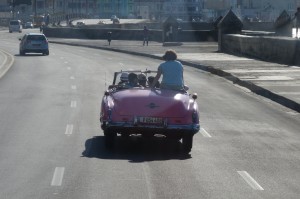
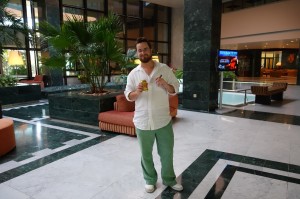
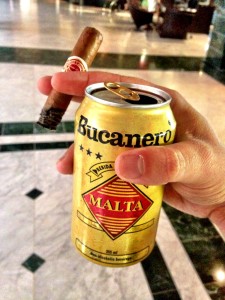
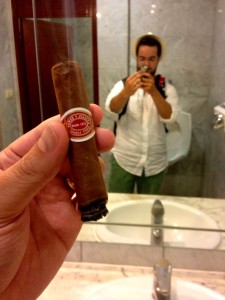
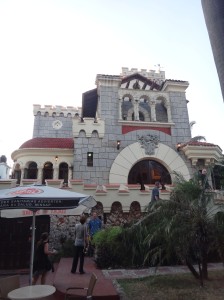
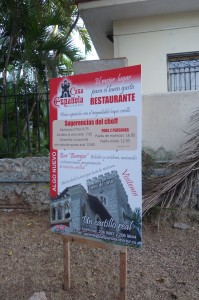
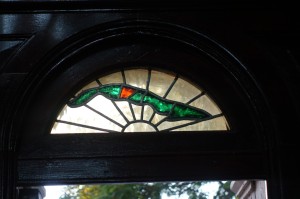
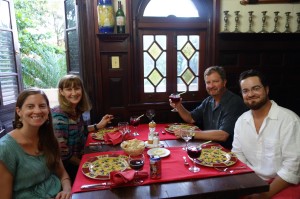
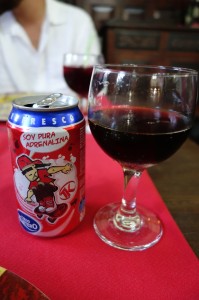
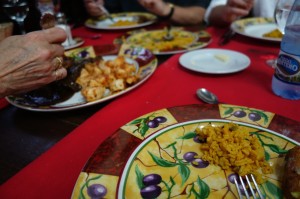
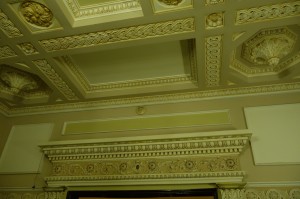
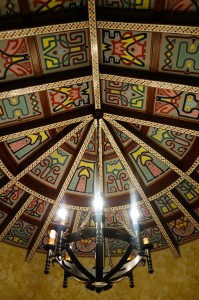
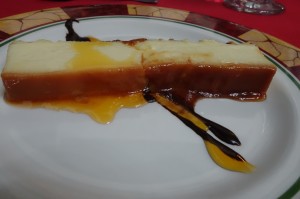
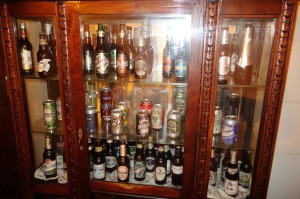
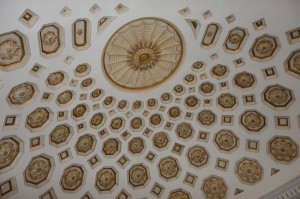
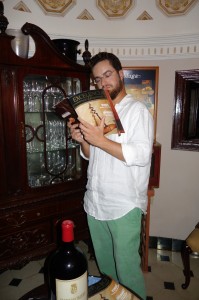
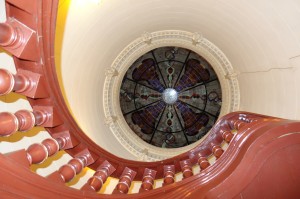
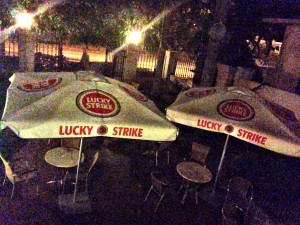
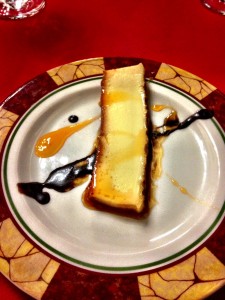
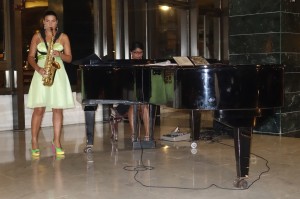
Leave a Reply
You must be logged in to post a comment.